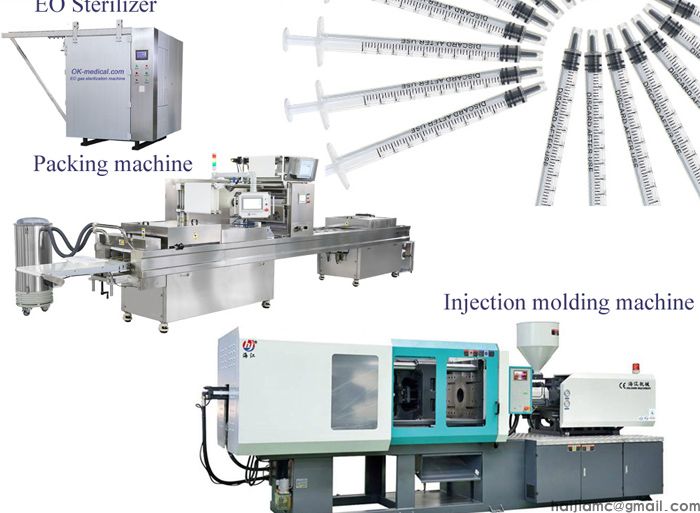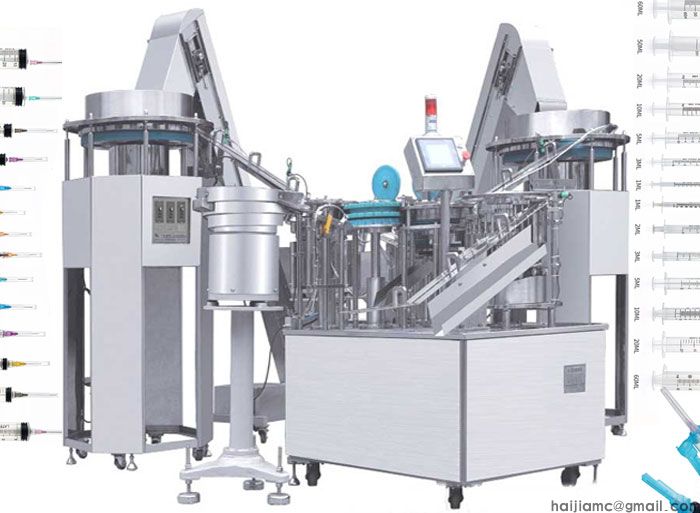Precautions when using blood collection tubes for blood collection
When testing various indicators in clinical laboratories, sometimes multiple types of anticoagulant blood are needed. How to arrange the blood collection sequence is very important to ensure the accuracy and reliability of the results: the recommended blood collection sequence is coagulation vessel (serum tube) → sodium citrate tube → heparin Or EDTA tube → potassium oxalate sodium fluoride tube → erythrocyte sedimentation tube, the main reason is that the first tube often contains tissue fluid, which is easy to cause blood coagulation and is not suitable for blood coagulation determination.
Reasons and solutions for blood not flowing into the blood collection tube after the blood collection needle is punctured into the blood vessel.
1. If the blood collection needle has not really penetrated the blood vessel, the blood collection tube can be removed first and then the blood vessel can be searched for puncture.
2. The puncture needle on the side of the test tube has not penetrated or is buried in the rubber stopper. You can continue to push the blood collection tube upside down at the bottom of the needle holder and penetrate the rubber stopper to solve the problem.
3. When the blood vessel wall is thin and the blood flow is relatively insufficient, the needle hole can absorb the blood vessel wall due to the negative pressure of the blood collection tube, and the angle of the puncture needle can be slightly changed, and the needle depth can be solved.






